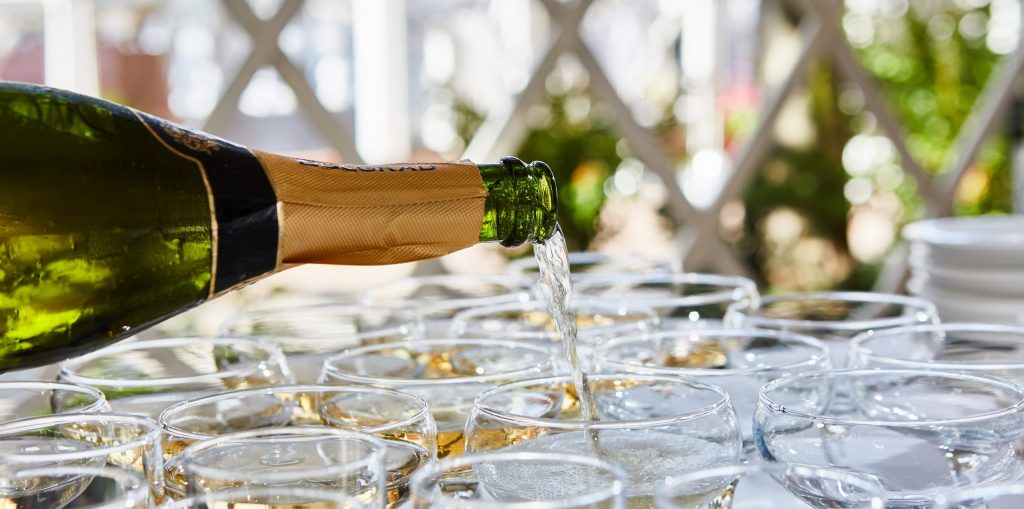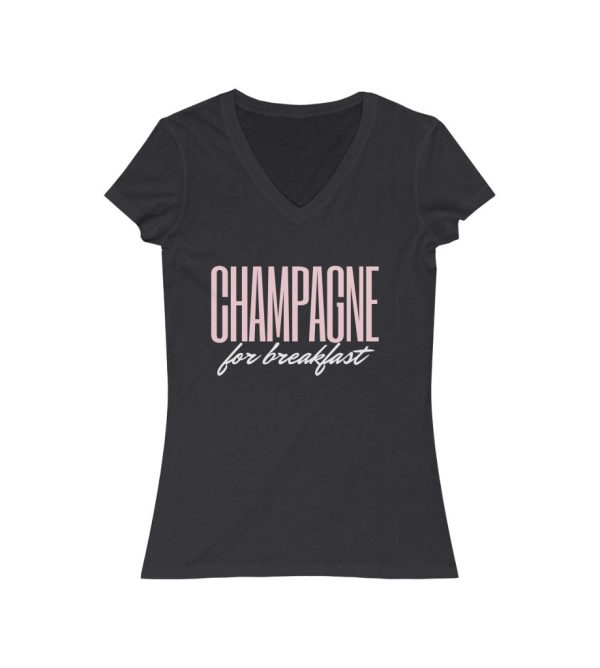
Blanc de Noirs champagne
- Marnie Nichols
- January 24, 2017
- Blanc de noirs, Champagne School
If you’ve read about blanc de blancs (which is a white wine made from white grapes), it should be no surprise that a blanc de noirs champagne is white wine made from black grapes, either pinot noir or pinot meunier.
Blanc de Noirs champagne
Definitely not as common as blanc de blancs, blanc de noirs champagne is becoming a more popular style particularly among growers. (Grower champagnes are a sub-set of champagnes made by the families who grow the grapes. Traditionally, growers would sell the grapes to the big houses but more and more are emerging to produce their own wines… a market to watch!)
Considered a good food champagne, blanc de noirs tends to be a heavier, more robust style than blanc de blancs because they are made from pinot noir grapes which are known to give champagne its backbone or robustness.
Want to try a blanc de noirs champagne?
The I would definitely recommend you seek recommendations!
Because blanc de noirs champagne is less common, most people have less experience with them. Don’t assume the sommelier in the restaurant or the wine shop has tried the style or even knows what it is! (I’ve had sommeliers recommend blanc de noirs and non-dosage champagnes without having a clue what they are!)
Here are some I have tried that you can check out based on my reactions to them:
- Egly-Ouriet Blanc de Noirs Vieilles Vignes – I can’t actually recommend this one based on my tasting. My first reaction was that it smelt like nail polish remover and my friend tasting it with me also reacted quite strongly and quickly with the description of “smells like petrol”! The bottle we tried was probably dodgy but until I try it again I can’t say I honestly enjoyed it. So if you try it, tell me what you think!
- Andre Clouet – This one I did enjoy! It was fresh and rich at the same time with a little hint of spice. It is 100% pinot noir and the dosage was 6g/l
- Canard Duchene Charles VII Blanc de Noirs – This is a blend of 70% Pinot Noir and 30% Pinot Meunier and a higher dosage than the Andre Clouet, at 11g/l. I did try this before dinner with a cheese platter but would suggest it probably deserved to be enjoyed with a meal.
What I haven’t tried but wish I could…
Firmly on my champagne wish list are…
Billecart-Salmon’s Clos Saint-Hilaire is a cuvee de prestige and costs about $500-ish a bottle…. I love the wine-making at Billecart and this wine is held up as a king of blanc de noirs even though the next two wines on this list out-price it at the check out.
Bollinger is known for its use of pinot noir in champagne so a blanc de noirs from Bollinger is bound to be exciting. Bollinger’s blanc de noirs is the rare Bollinger Vieilles Vignes Françaises. To add hysteria to my excitement, this champagne is made exclusively from pinot noir grapes from just two vineyards in all of Champagne NOT wiped out by phylloxera – the Chaudes Terres and Clos St Jacques in Aÿ. Only 3,300 bottle of the 2006 vintage were produced, and if you can find one, you will splash out well over AU$600
But Krug’s Clos d’Ambonnay takes out the ultimate price prize. 5,158 bottles of the current 2000 vintage were produced and, if you can actually find a bottle, would cost in excess of $2000!!!! The Clos d’Ambonnay is a walled vineyard (that’s what ‘clos’ means in English), just .68 hectares in size. Krug only purchased the plot in 1994 and has released four vintages of this wine – 2000, 1998, 1996 and 1995.
Why the price tag that is 3-4 times that of the Billy and Bolly? If I ever get to taste these three wines side-by-side, I will try to answer that for you. But for now I can’t quite fathom the reason… other than marketing. And I guess people pay it.
Make sure you post a pic and tag @bubbleandflute #Champagneschool to let me know you’re doing your homework and what you think!
Check out my posts on different champagne styles..
Champagne Dosage
Blanc De Blancs Champagne
Rosé Champagne
Vintage Champagne
Cuvée De Prestige Champagne
Non-Vintage (NV) Champagne
Champagne Styles… An Overview
Bubble & Flute promotes the responsible consumption of alcohol for individuals of legal drinking age in their country. Prices and links correct at time of publication.















